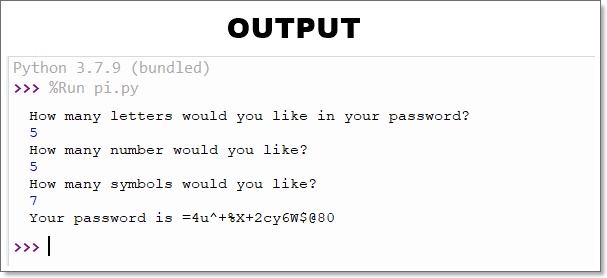Hello Everyone ✊,
Getting started with python programming or python scripting might be complicated if you head in the wrong direction. As an absolute beginner with no prior experience in any programming language or just a little experience with HTML scripting, python programming seems a lot.
If you google getting started with python as an absolute beginner, you will get hundreds of thousands of results. That's complex. You need a good user-friendly IDE (Integrated Development Environment) and have python installed on your pc
All you need to do is download an IDE name (Thonny). It is the simplest IDE available for python programming as an absolute beginner. It offers a lot of features that are very useful and will improve your programming skills.
Go ahead and download it by click on (Thonny). after you have downloaded thonny, you need to install it by clicking setup. When you install thonny python programming language automatically installs with it, you don't need to install it separately.
Thonny offers various features like syntax highlighting for code and comments, tabbed programming for parallel coding, and much more. If you are working on a python programming project and you need to install any package, thonny also offers package installation very quickly. You don't need to visit any website to install any python package. all you need to do is just go to Tools >> Manage Package >> then the following window will appear
On the right side, you will see the name of packages that can be installed right away; if you want to search any python package that is not listed, you can type in the search bar and hit search on PyPI. after you have searched all you need to do is to hit install. You just install a python package without using any complex pip command
One more important feature of thonny is debugging, which we will discuss in upcoming sections.
If you find this helpful, rate us and like us.

